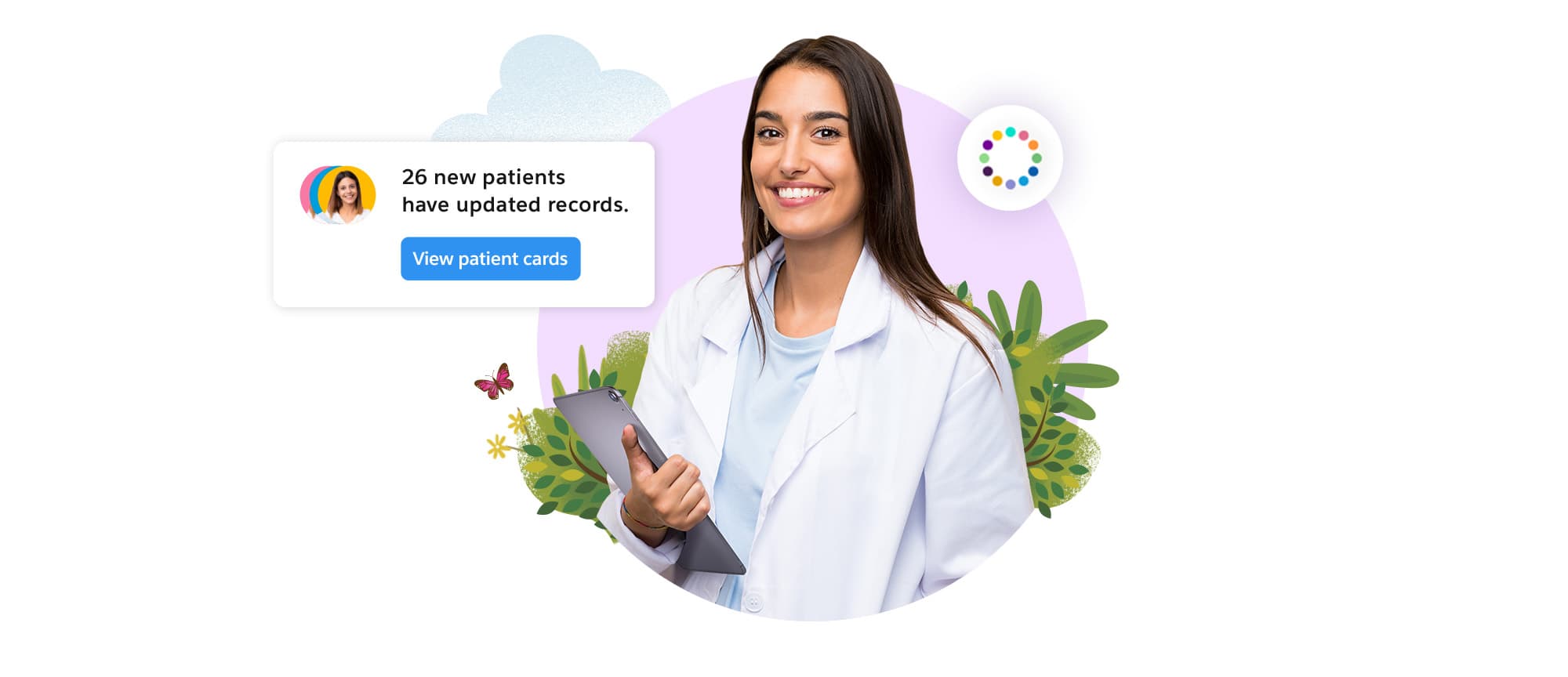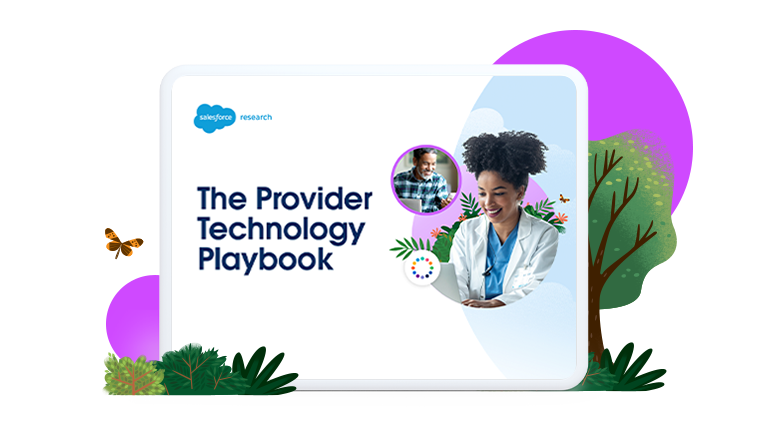
Providers: Put patient relationships first
The reality of today’s medical system often pulls providers in multiple directions, making the delivery of comprehensive, personalized care a hard feat to achieve. Providers need cost-saving tools that boost operational efficiencies and allow team members to spend less time on administrative tasks and more time on relationships.
An integrated healthcare platform solves many of these issues by unifying data across various systems to provide a single view of an individual patient. It does this in a trusted environment that protects both patient data and the patient-provider relationship. This allows care teams to see health records, social determinants of health, and communication preferences in one place and easily coordinate appropriate care quickly and efficiently.

The vast majority (94%) of consumers desire things like a complete view of their health or health expenses from their providers, yet less than half (32%) are able to meet this expectation.
PAIN POINT
Provider organizations have a lot of data spread across multiple systems. The lack of a holistic patient view leaves providers toggling between screens and unable to provide the right care at the right time. This makes managing complex care coordination a more error-prone and time-consuming process.
ANTIDOTE
An integrated healthcare platform creates a single source of truth, facilitating a more connected care experience. A comprehensive view of patients allows providers to easily see and share essential information with other care teams like hospitals, pharmacies, laboratories, and billing. Automated workflows and AI-powered solutions built directly into the platform streamline care processes and improve both team alignment and patient engagement. This boosts productivity, reduces error, and removes barriers to faster, more personalized care.
PAIN POINT
ANTIDOTE
PAIN POINT
ANTIDOTE
PAIN POINT
ANTIDOTE
PAIN POINT
ANTIDOTE
PAIN POINT
Building clinically integrated networks, engaging enrollees, and providing personalized experiences is often complex and inefficient due to the high administrative burden. Cumbersome paperwork, slow credentialing processes, difficulties in coordinating referrals, and a lack of streamlined communication consume valuable time and resources, and detract from patient care.
ANTIDOTE
An integrated healthcare platform can help identify and prioritize providers for engagement, efficiently recruit and onboard them, and leverage insights to improve performance. Automated processes, intelligent insights and a 360-degree view simplify credentialing and contracting, enable self-service training tools, and unify provider details across multiple channels to track performance.

More resources

Learn how to achieve a seamless CRM and EHR integration.

Driving Efficiency and Better Patient Experience in the Healthcare Industry Through the Use of AI










